Description
20th Anniversary Flagship Interface
The unique Fireface UFX II is the premier solution to transfer analog and digital audio data directly to a computer from practically any source.
Numerous unique features, well thought-out configuration dialogs, an industry-leading mixing engine and monitoring solution, professional DSP effects and class-leading analog circuits with the latest digital converters put the Fireface UFX II at the very top of the range of computer-based audio interfaces.
Fireface UFX II – The USB Flagship Interface
With exceptional flexibility and compatibility, the inclusion of DURec (Direct USB Recording), and RME’s famous low latency hardware and driver designs, the Fireface UFX II delivers a rich feature set that will appeal to users in both high-end home studios and commercial audio production facilities.
With capacity for 60 audio channels (30 input and 30 output), support for sampling frequencies upward of 192 kHz, and the flexibility provided by USB connectivity, the new Fireface UFX II is an ideal solution to a wide range of recording, mixing, and monitoring applications.
The Fireface UFX II offers excellent flexibility that enables the interface to fit seamlessly into a myriad of production environments. Analog, ADAT, AES, SPDIF, and USB 2 are all standard on the Fireface UFX II. Equally impressive is the unit’s channel count: 12 analog, 16 ADAT, and 2 AES for 30 channels input and 30 channels output. Further, with support for USB 2 connectivity, the new Fireface UFX II can integrate with RME’s optional ARC USB remote controller.
RME’s Fireface UFX II incorporates premium AD/DA converters, optimized analog I/O circuits, as well as improved SNR and THD values to guarantee pristine, crystal clear and transparent audio. A new PAD-free mic circuit design with +18 dBu maximum input level and 75 dB gain range provide trouble-free operation for the most demanding recording environments.
Further, new low impedance, high power phones outputs (2 Ohms) with +19 dBu maximum output level provide ample output power and volume on any headphones – high or low impedance.
Flexible Routing & Mixing with TotalMix FX
Since 2001, TotalMix has added unlimited routing and mixing to RME audio interfaces. Its unique capability to create as many independent submixes as output channels available, turned it into the most flexible and powerful mixer of its kind.
With supported hardware, TotalMix FX includes a complete effects system, which not only adds flexibility to the recording chain but also makes latency saddled software solutions obsolete.
TotalMix FX can completely replace an external mixer, enabling the creation of multiple latency-free monitor mixes with EQ, Dynamics, Reverb and Delay for any outputs, incl. main monitors and headphone mixes for musicians.
TotalMix FX for iPad™ App
TotalMix FX for iPad™ adds full control over hardware mixer and DSP effects for Fireface UFX+, UFX II, UCX, 802, Babyface, Babyface Pro and MADIface Pro when in Class Compliant Mode, and lets you create, store and load complete mixes directly from the iPad.
DURec (Direct USB Recording)
DURec is an integrated digital recorder for all inputs and outputs directly to USB memory devices via the front USB port. The Fireface UFX+ and Fireface UFX II records on USB thumb drives or hard drives with up to 2 TB capacity. The recording functionality is provided by the internal DSP, and is therefore independent from a connected Windows or Mac computer. The Direct USB Recording converts the Fireface UFX Series both into a stand-alone field recorder and a powerful multichannel live player for previous recordings, e. g. for virtual sound checks. Live concerts, band rehearsals or spontaneous jam sessions can be directly recorded and played back from the medium – even completely stand-alone without computer or software.
SPECIFICATIONS
ANALOG
AD, Line In 1-8, rear
- Resolution AD: 24 bit
- Signal to Noise ratio (SNR): 113 dB RMS unweighted, 116 dBA
- Frequency response @ 44.1 kHz, -0.1 dB: 5 Hz – 20.8 kHz
- Frequency response @ 96 kHz, -0.5 dB: 3 Hz – 45.8 kHz
- Frequency response @ 192 kHz, -1 dB: 2 Hz – 92 kHz
- THD: < -110 dB, < 0.00032 %
- THD+N: < -104 dB, < 0.00063 %
- Channel separation: > 110 dB
- Maximum input level: +19 dBu
- Input: 6.3 mm TRS jack, electronically balanced
- Input impedance: 8 kOhm unbalanced, 12 kOhm balanced
- Input sensitivity switchable to Lo Gain, +4 dBu
- Input level for 0 dBFS @ Lo Gain: +19 dBu
- Input level for 0 dBFS @ +4 dBu: +13 dBu
- Variable gain: 0 to +12 dB
- Minimum level for 0 dBFS: +1 dBu, -1.2 dBV
Microphone In 9-12, front
As AD, but:
- Input: XLR, electronically balanced
- Input impedance: 3.4 kOhm
- Signal to Noise ratio (SNR): 115 dB RMS unweighted, 118 dBA
- Gain range: 75 dB
- Maximum input level, Gain 0 dB: +18 dBu
- Maximum input level, Gain 75 dB: -57 dBu
- CLIP LED: 0 dBFS • SIG LED: -60 dBFS
Instrument In 9-12, front
As AD, but:
- Input: 6.3 mm TS jack, unbalanced
- Input impedance: 1 MOhm
- Signal to Noise ratio (SNR): 114 dB RMS unweighted, 118 dBA
- Gain range: 42 dB
- Maximum input level, Gain 8 dB: +21 dBu
- Maximum input level, Gain 50 dB: -21 dBu
DA, Line Out 3-8, rear
- Resolution: 24 bit
- Dynamic range (DR): 115 dB RMS unweighted, 118 dBA
- Frequency response @ 44.1 kHz, -0.5 dB: 5 Hz – 20.8 kHz
- Frequency response @ 96 kHz, -0.5 dB: 5 Hz – 45 kHz
- Frequency response @ 192 kHz, -1 dB: 5 Hz – 89 kHz
- THD: < -110 dB, < 0.00032 %
- THD+N: < -104 dB, < 0.00063 %
- Channel separation: > 110 dB
- Maximum output level: +19 dBu
- Output: 6.3 mm TRS jack, servo-balanced
- Output impedance: 75 Ohm unbalanced, 150 Ohm balanced
- Output level switchable Hi Gain, +4 dBu, -10 dBV
- Output level at 0 dBFS @ Hi Gain: +19 dBu
- Output level at 0 dBFS @ +4 dBu: +13 dBu
- Output level at 0 dBFS @ -10 dBV: +2 dBV
DA – Stereo Monitor Output XLR (1-2)
As DA, but:
- Output: XLR, balanced
- Output level switchable 24 dBu, Hi Gain, +4 dBu, -10 dBV
- Output level at 0 dBFS @ 24 dBu: +24 dBu
- Output level at 0 dBFS @ Hi Gain: +19 dBu
- Output level at 0 dBFS @ +4 dBu: +13 dBu
- Output level at 0 dBFS @ -10 dBV: +2 dBV
DA – Stereo Monitor Output Phones (9-12)
As DA, but:
- Output: 2 x 6.3 mm TRS stereo jack, unbalanced
- Maximum output level at 0 dBFS, High: +19 dBu
- Maximum output level at 0 dBFS, Low: +2 dBV
- Output impedance: 2 Ohm
- Max power per channel @ 32 Ohm load, 0.1% THD: 210 mW (2.6 Vrms, +10.5 dBu)
MIDI
- 2 x MIDI I/O via 5-pin DIN jacks
- Galvanically isolated by optocoupled input
- Hi-speed mode: Jitter and response time typically below 1 ms
- Separate 128 byte FIFOs for input and output
DIGITAL
- Clocks: Internal, ADAT, AES, MADI, word clock
- Low Jitter Design: < 1 ns in PLL mode, all inputs
- Internal clock: 800 ps Jitter, Random Spread Spectrum
- Jitter suppression of external clocks: > 30 dB (2.4 kHz)
- Effective clock jitter influence on AD and DA conversion: near zero
- PLL ensures zero dropout, even at more than 100 ns jitter
- Digital Bitclock PLL for trouble-free varispeed ADAT operation
- Supported sample rates: 28 kHz up to 200 kHz
DIGITAL INPUTS
AES/EBU
- 1 x XLR, transformer-balanced, galvanically isolated, according to AES3-1992
- High-sensitivity input stage (< 0.3 Vpp) • SPDIF compatible (IEC 60958)
- Accepts Consumer and Professional format
- Lock range: 27 kHz – 200 kHz
- Jitter when synced to input signal: < 1 ns
- Jitter suppression: > 30 dB (2.4 kHz)
ADAT Optical
- 2 x TOSLINK, format according to Alesis specification
- Standard: 2 x 8 channels 24 bit, up to 48 kHz
- Double Speed (S/MUX): 2 x 4 channels 24 bit 96 kHz
- Quad Speed (S/MUX4): 2 x 2 channels 24 bit 192 kHz
- Bit clock PLL ensures perfect synchronization even in varispeed operation
- Lock range: 31.5 kHz – 50 kHz • Jitter when synced to input signal: < 1
SPDIF optical (ADAT2)
- 1 x optical, according to IEC 60958
- Accepts Consumer and Professional format
- Lock range: 27 kHz – 200 kHz
- Jitter when synced to input signal: < 1 ns
- Jitter suppression: > 30 dB (2.4 kHz)
Word Clock
- BNC
- Internal termination 75 Ohm switchable
- Automatic Double/Quad Speed detection and internal conversion to Single Speed
- SteadyClock guarantees super-low jitter synchronization even in varispeed operation
- Not affected by DC-offsets within the network
- Signal Adaptation Circuit: signal refresh through auto-center and hysteresis
- Overvoltage protection
- Level range: 1.0 Vpp – 5.6 Vpp
- Lock Range: 27 kHz – 200 kHz
- Jitter when synced to input signal: < 1 ns
- Jitter suppression: > 30 dB (2.4 kHz)
DIGITAL OUTPUTS
AES/EBU
- XLR, transformer-balanced, galvanically isolated, according to AES3-1992
- Output level Professional 4.5 Vpp, Consumer 2.6 Vpp
- Format Professional according to AES3-1992 Amendment 4
- Format Consumer (SPDIF) according to IEC 60958
- Single Wire mode, sample rate 28 kHz up to 200 kHz
ADAT
- 2 x TOSLINK
- Standard: 2 x 8 channels 24 bit, up to 48 kHz
- Double Speed (S/MUX): 2 x 4 channels 24 bit 96 kHz
- Quad Speed (S/MUX4): 2 x 2 channels 24 bit 192 kHz
SPDIF optical (ADAT2)
- Format Consumer (SPDIF) according to IEC 60958
- Sample rate 28 kHz up to 200 kHz
Word Clock
- BNC
- Max. output voltage: 5 Vpp
- Output voltage @ 75 Ohm termination: 4.0 Vpp
- Output impedance: 10 Ohm
- Frequency range: 27 kHz – 200 kHz
GENERAL
- Power supply: Internal switching PSU, 100 – 240 V AC, 36 Watts
- Idle power consumption: 19 Watts
- Typical power consumption: 22-25 Watts
- Dimensions including rack ears (WxHxD): 483 x 44 x 210 mm (19″ x 1.73″ x 8.5″)
- Dimensions without rack ears (WxHxD): 440 x 44 x 210 mm (17.3″ x 1.73″ x 8.3″)
- Total depth: 240 mm (9.4”)
- Weight: 3 kg ( 6.6 lbs)
- Temperature range: +5° up to +50° Celsius (41° F up to 122°F)
- Relative humidity: < 75%, non condensing
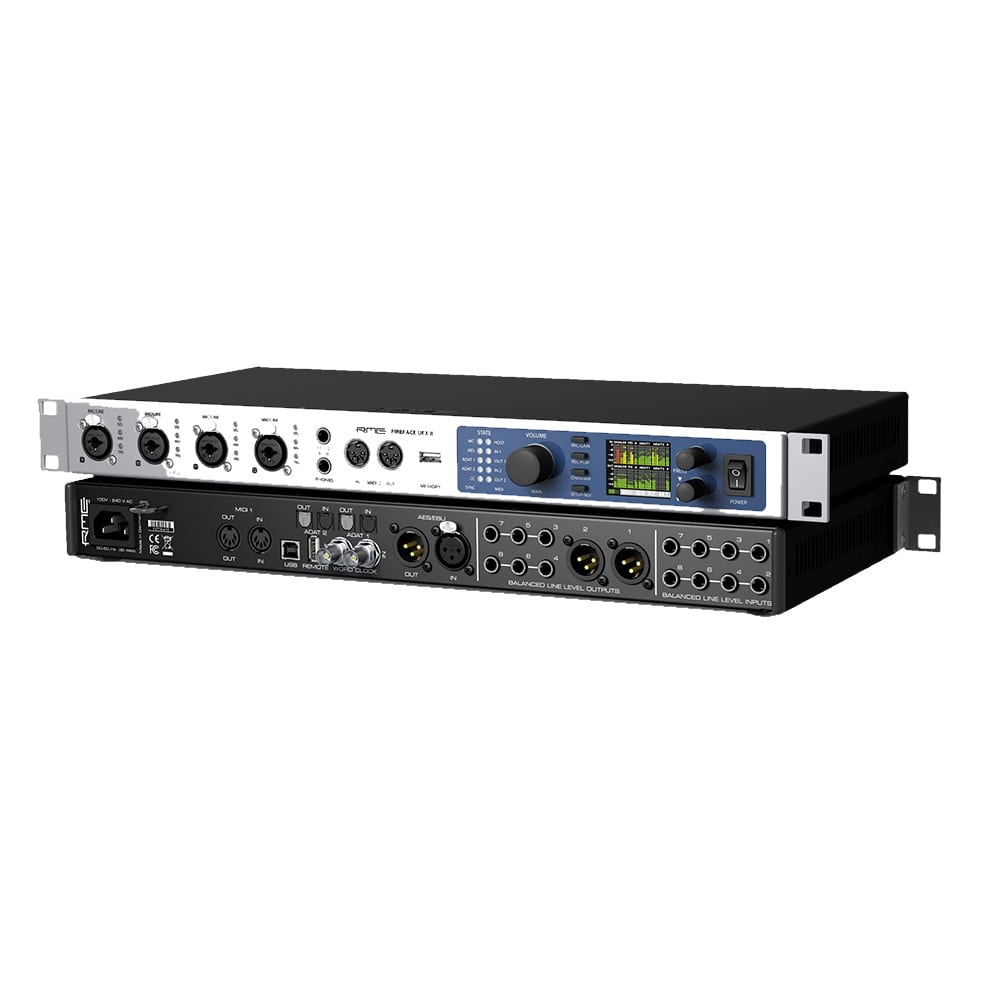

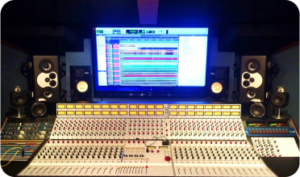



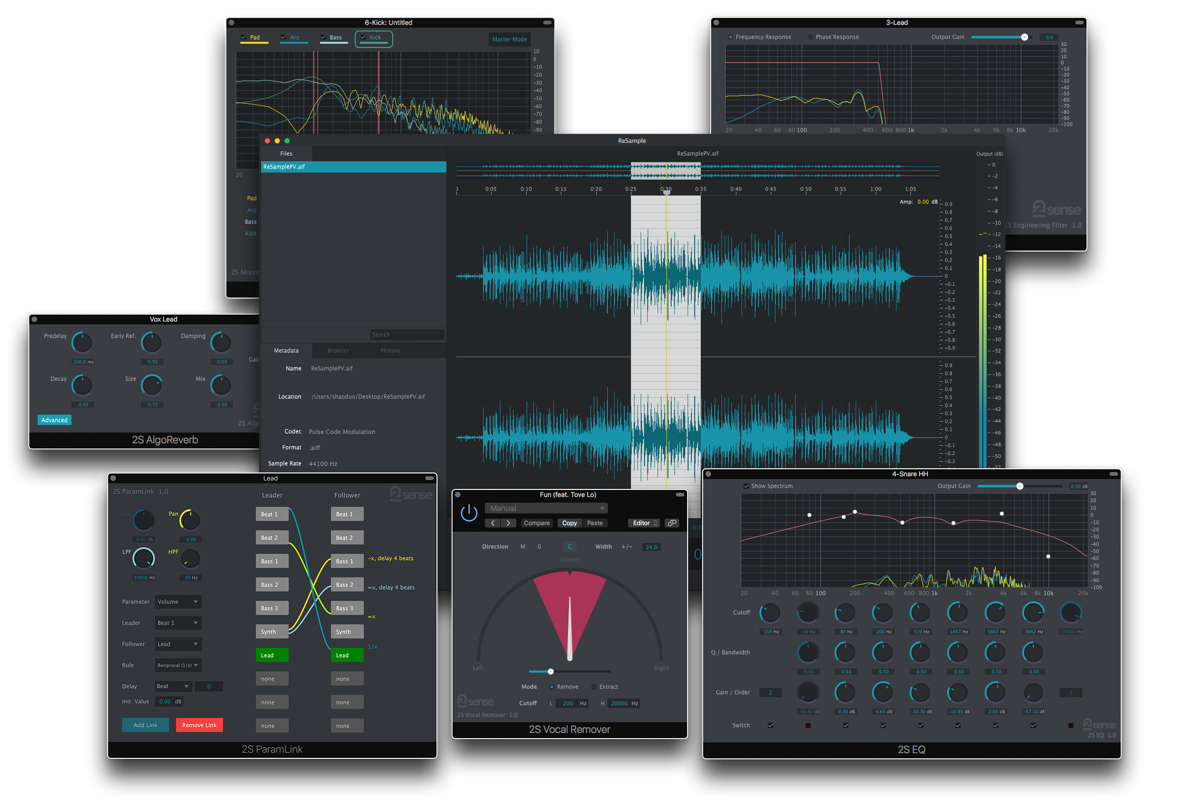
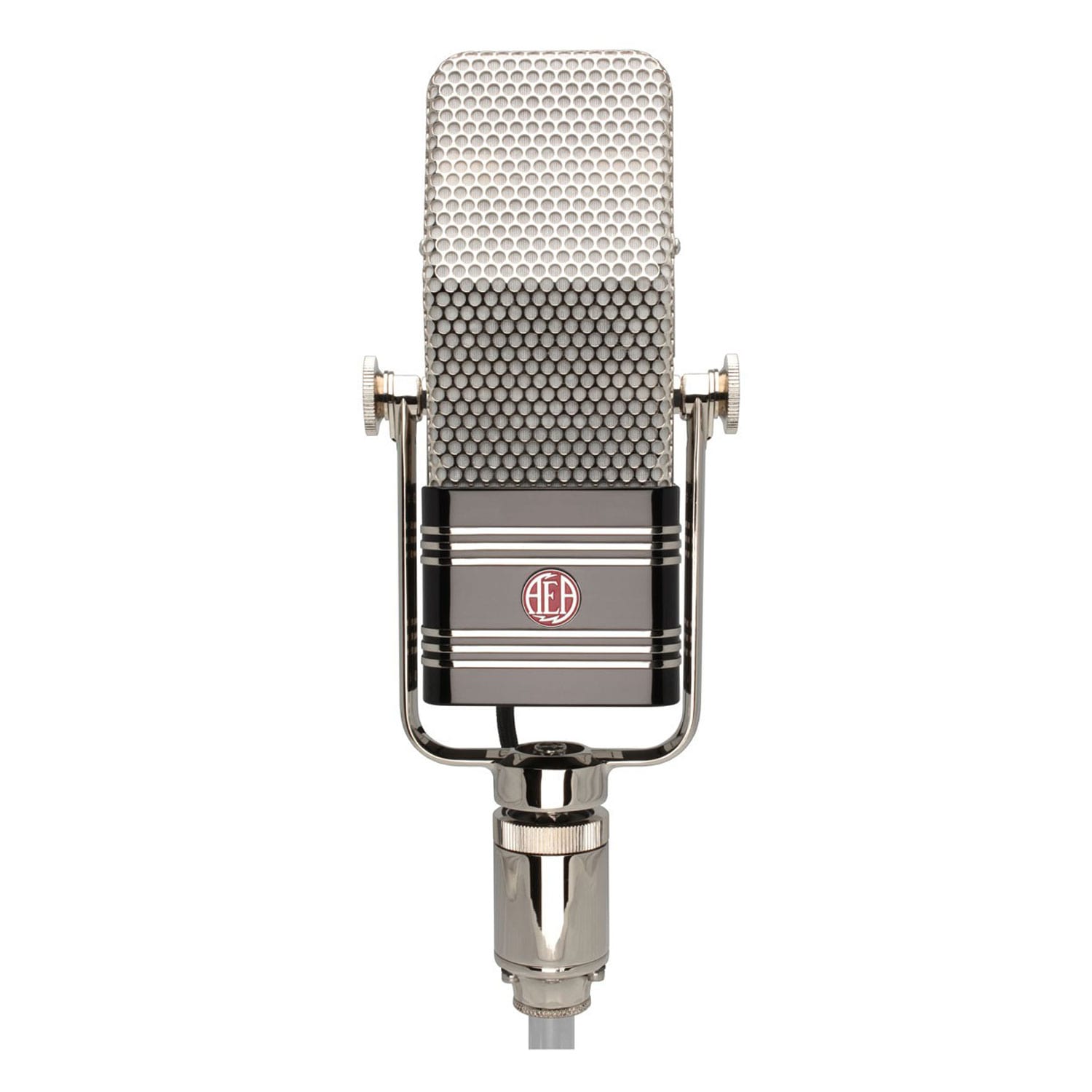
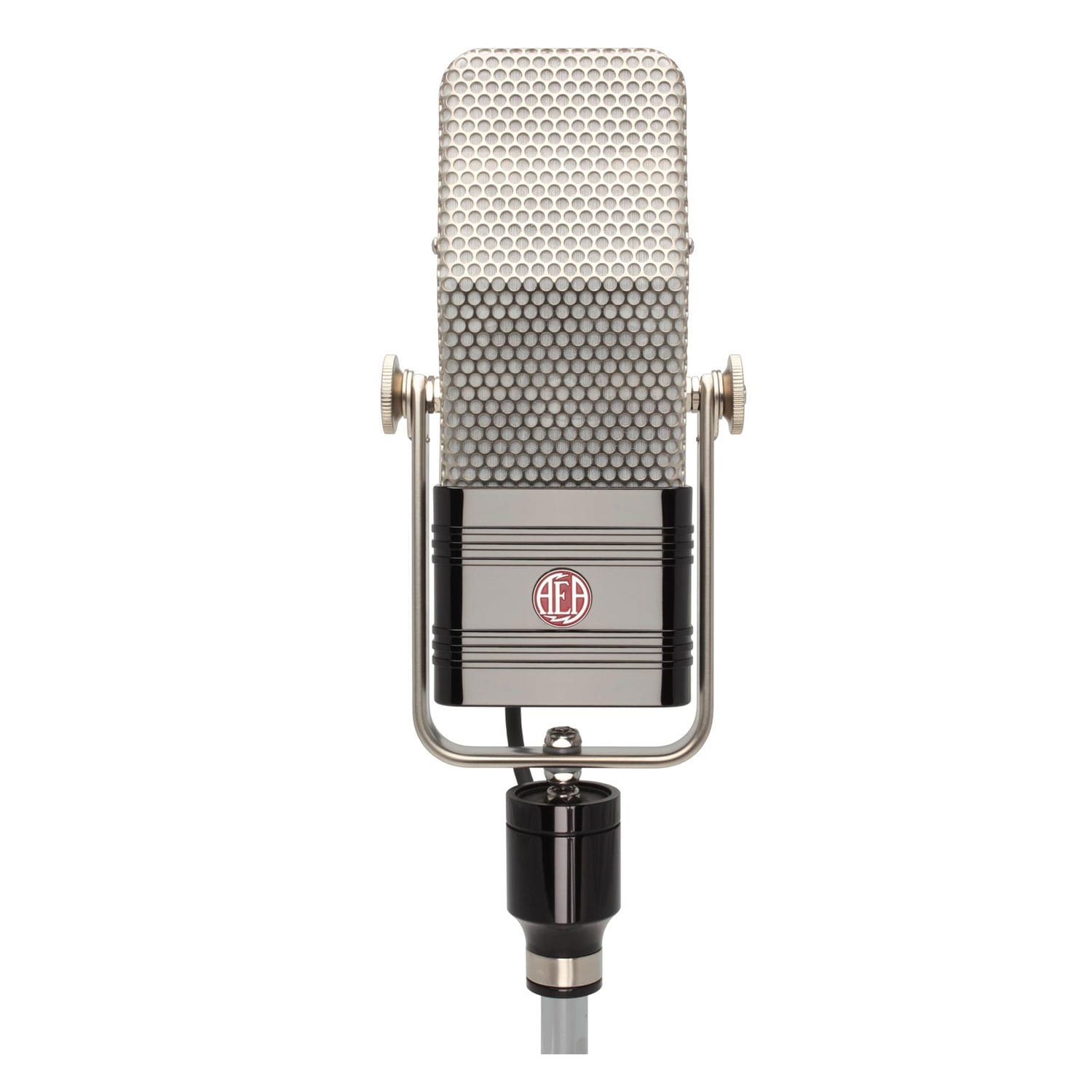
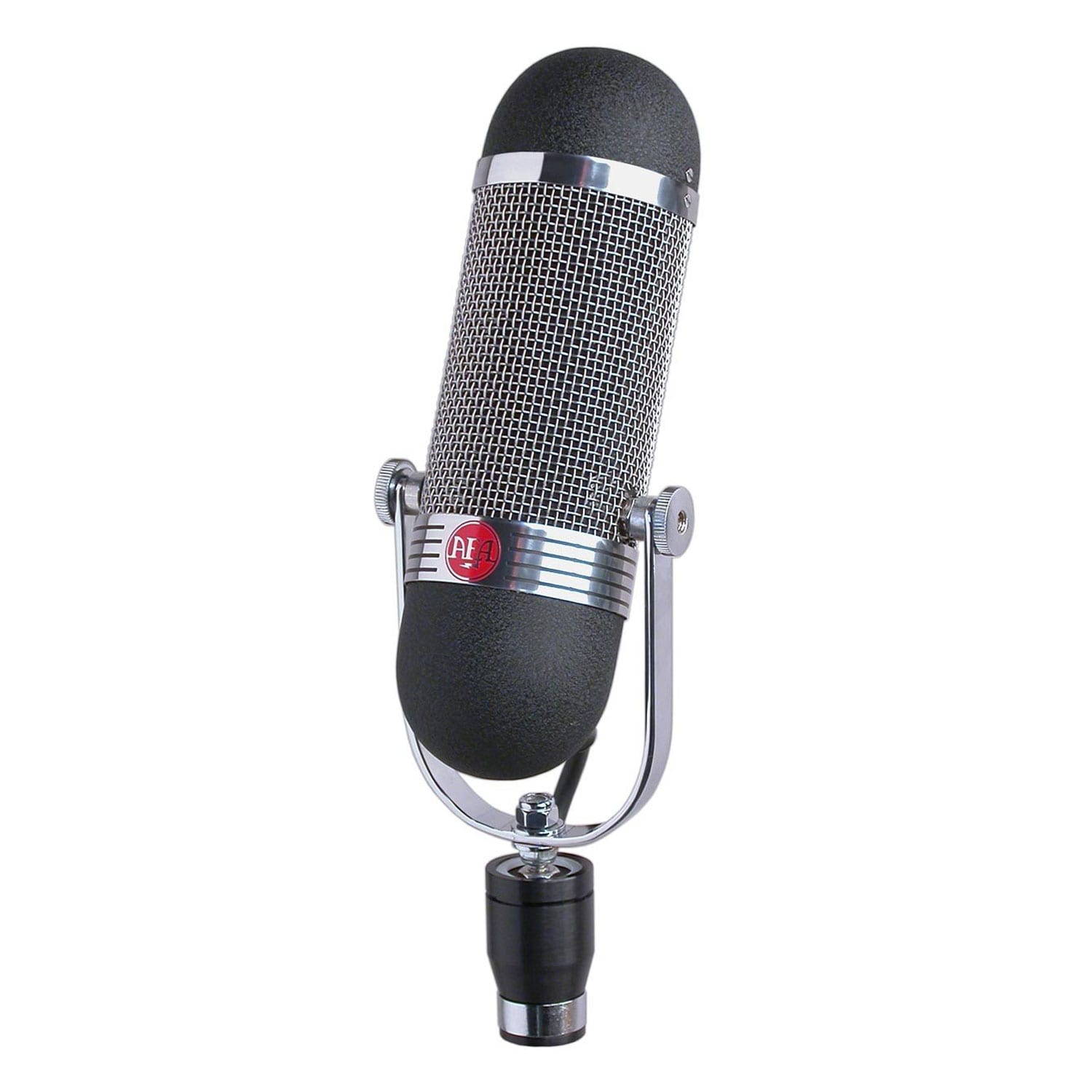
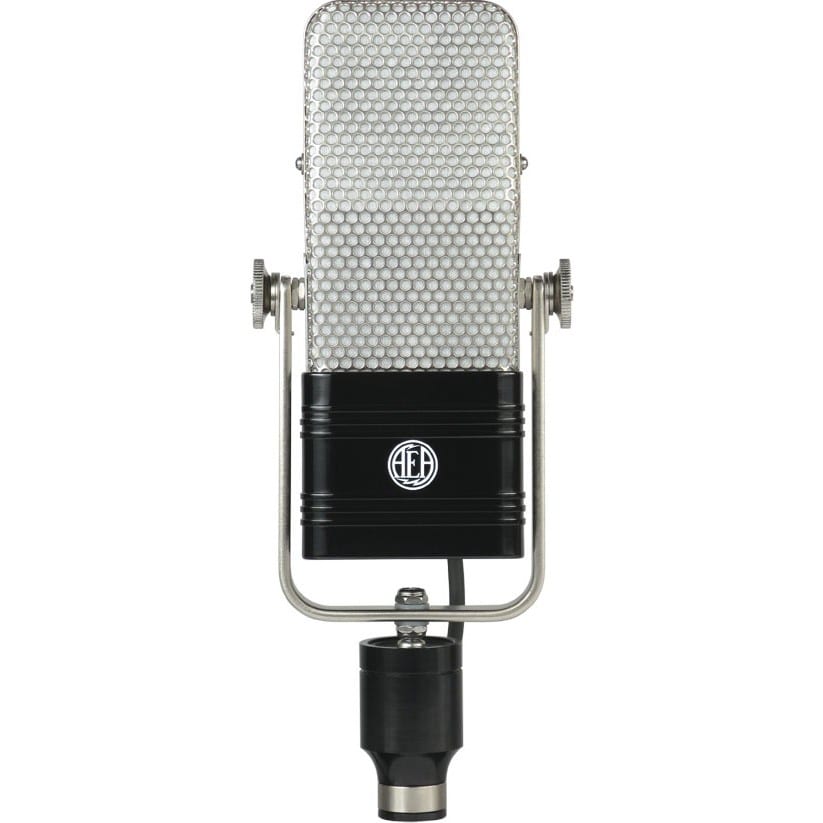
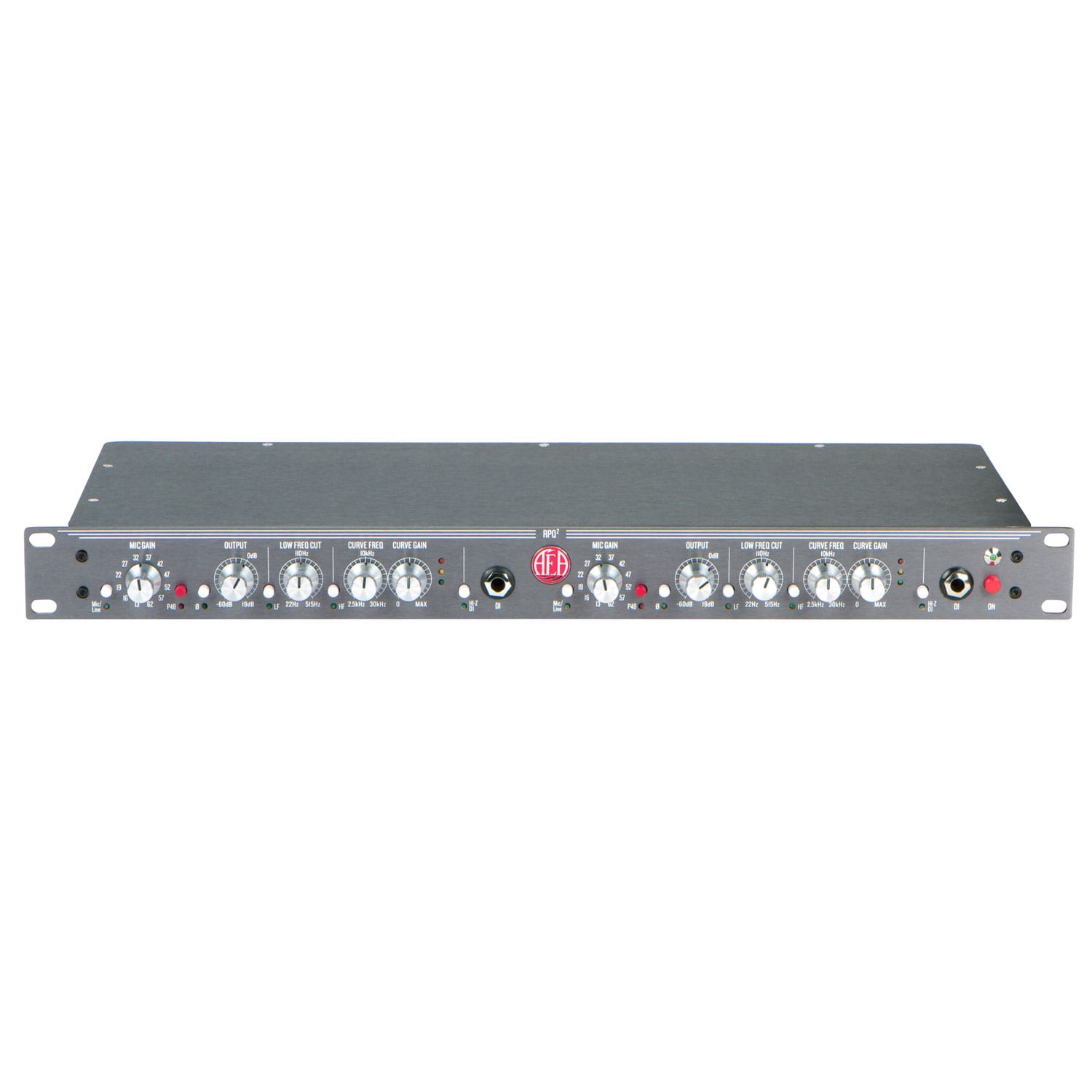
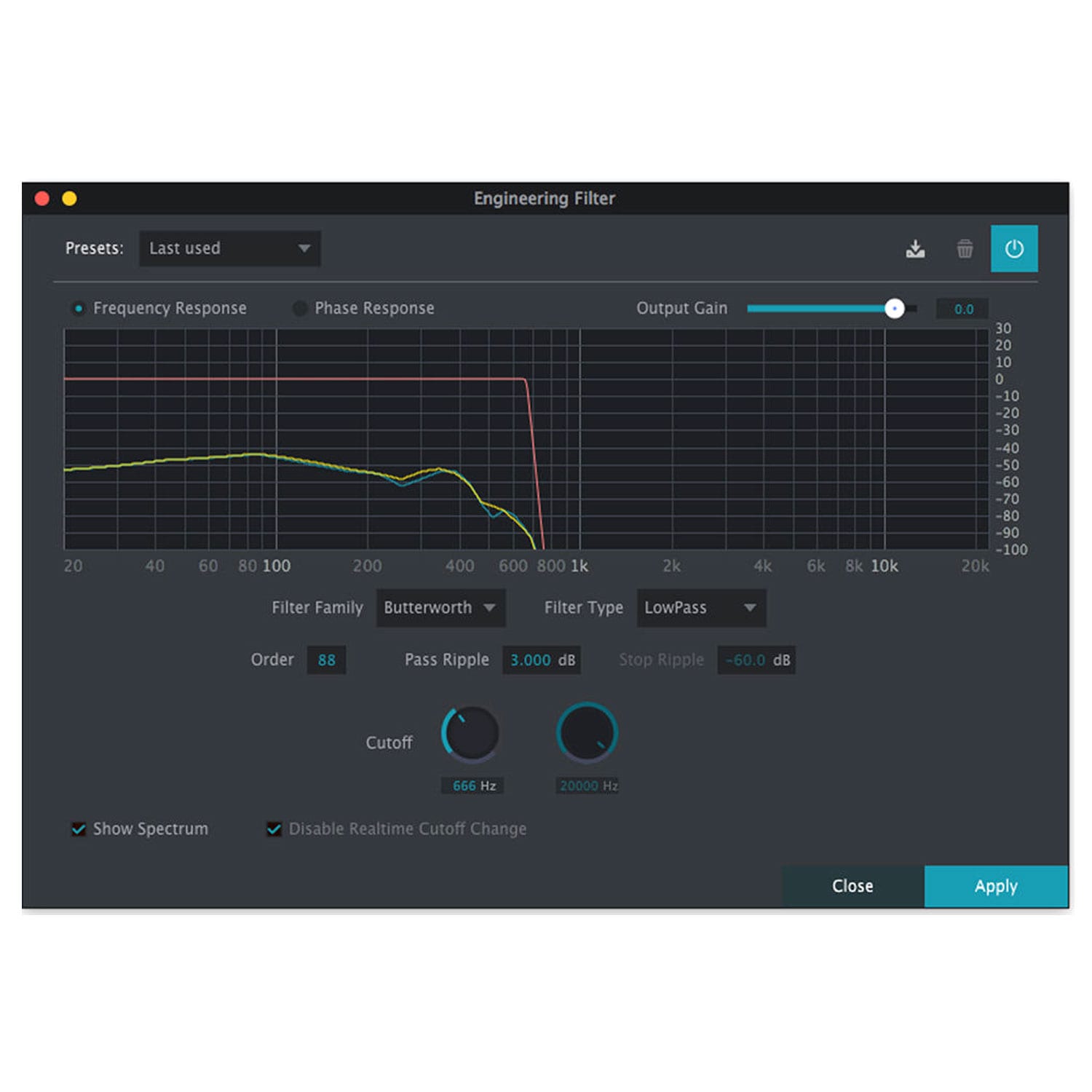
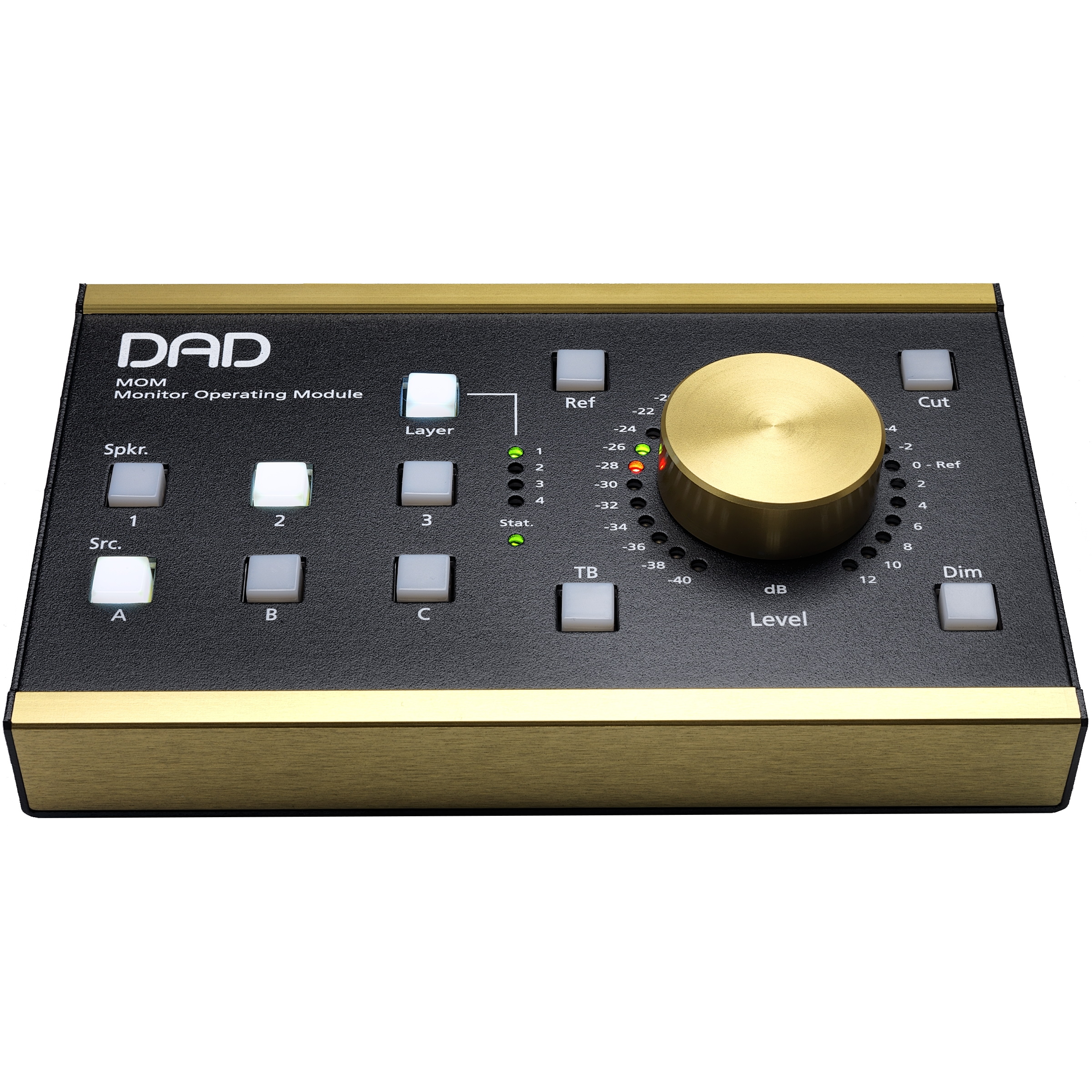
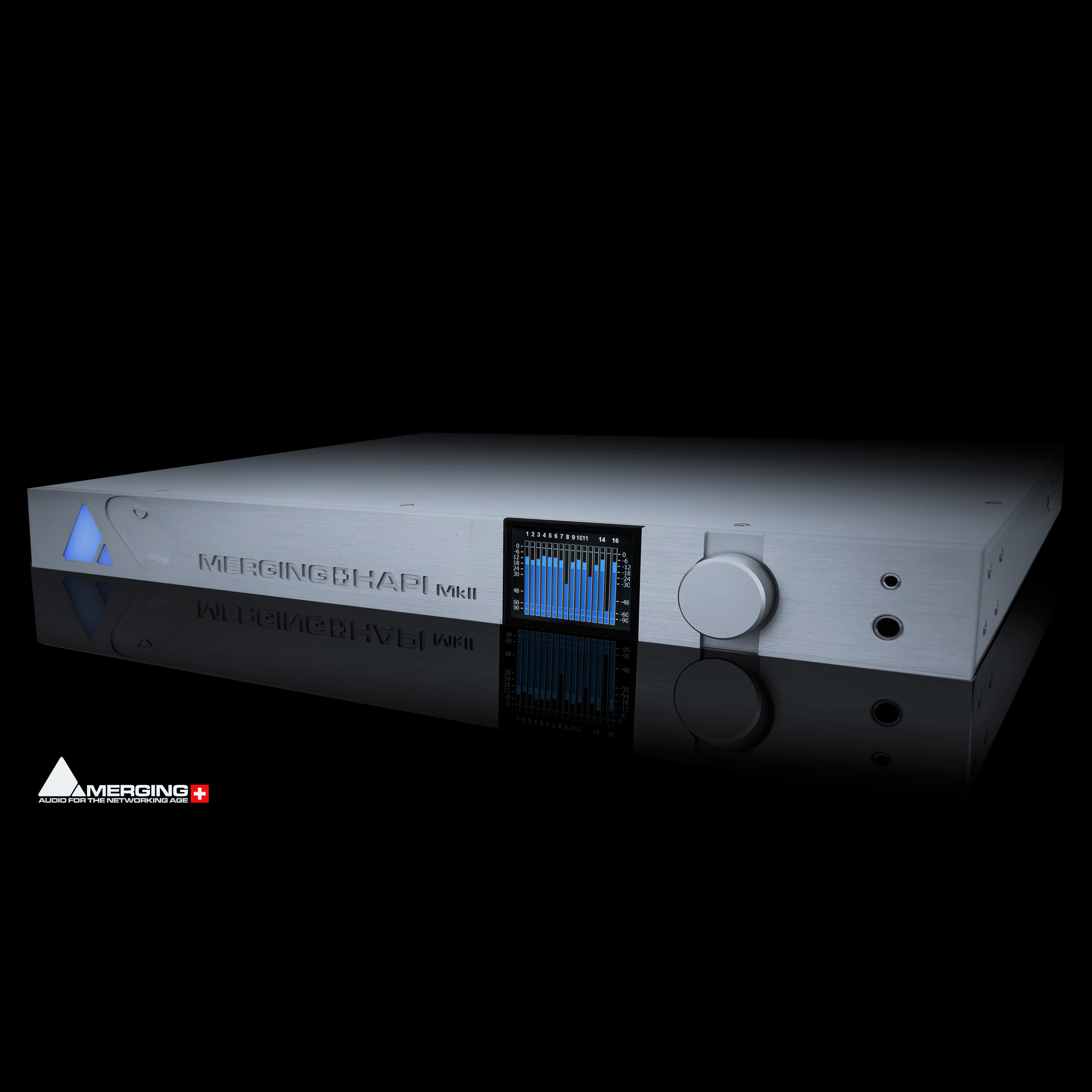
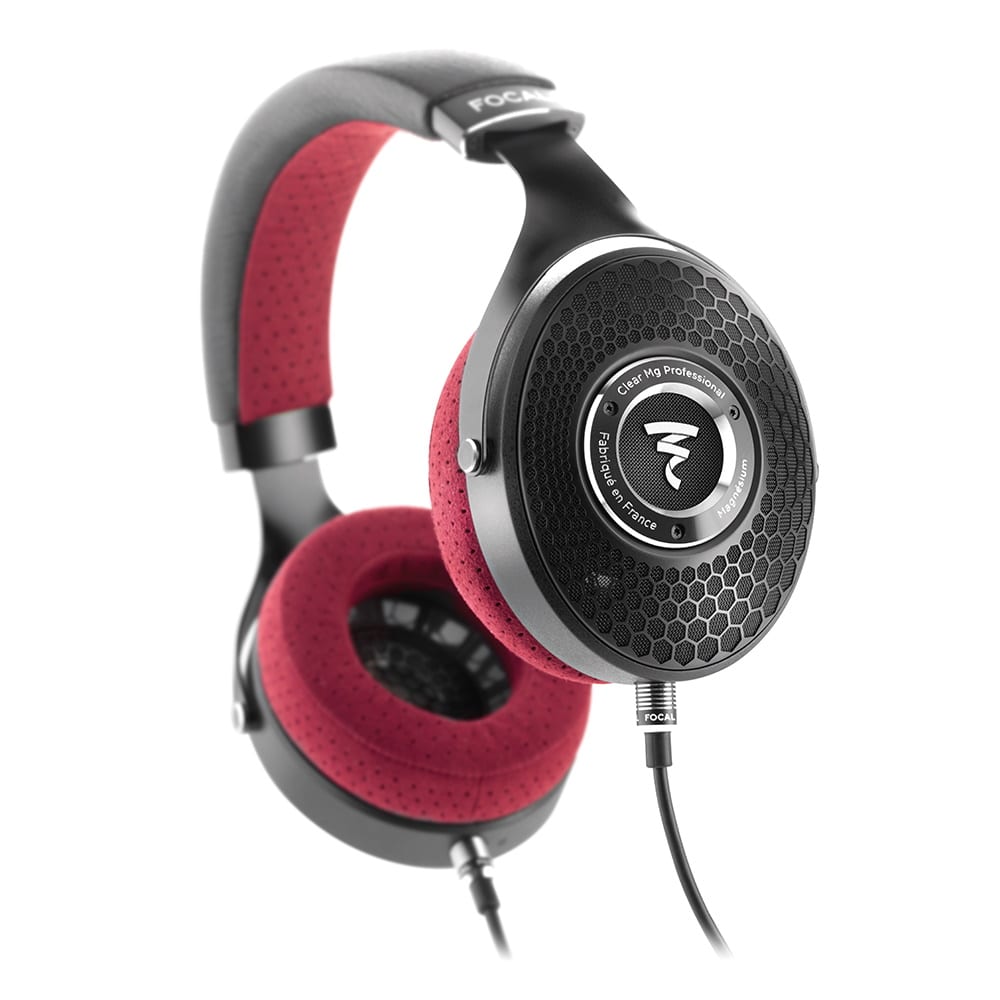
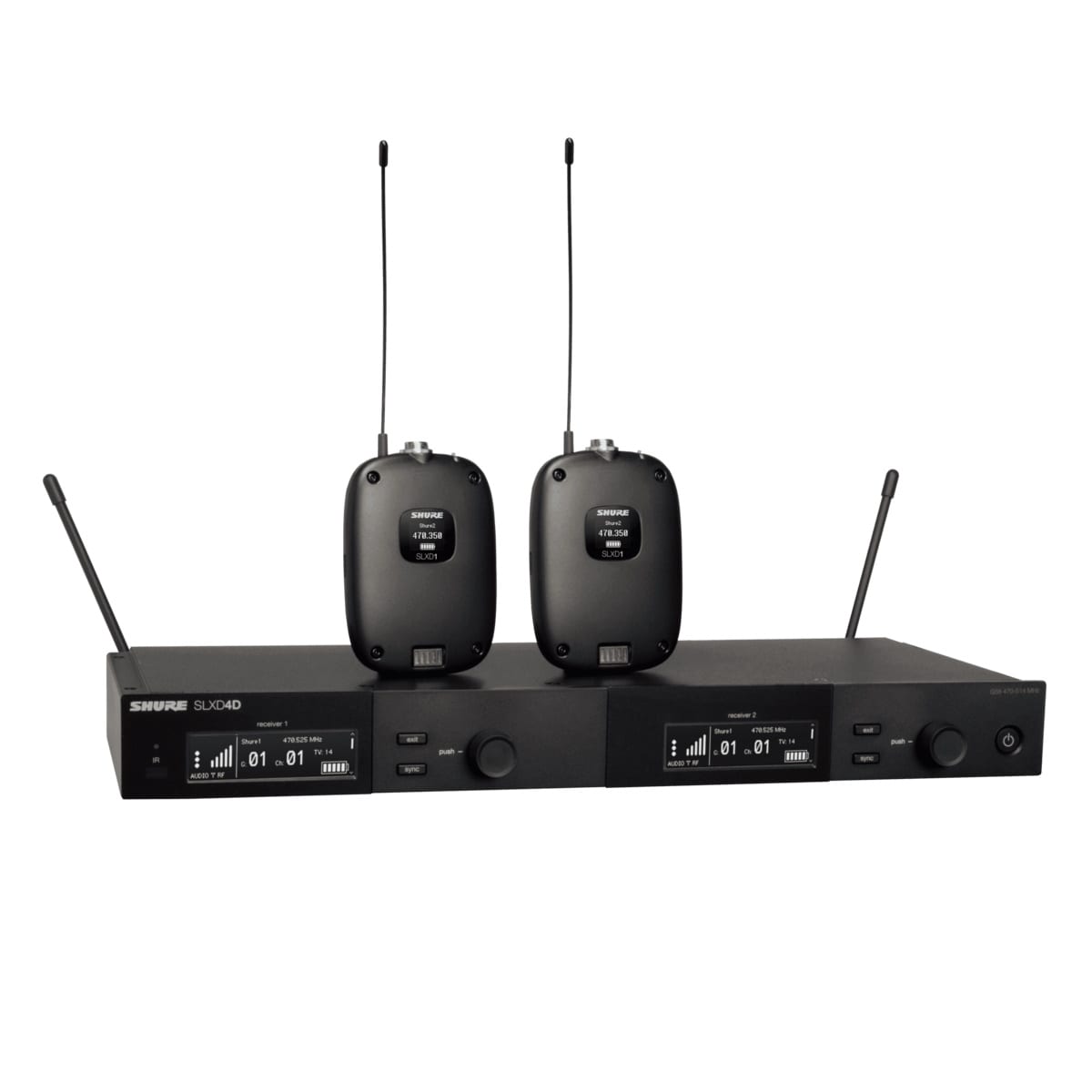
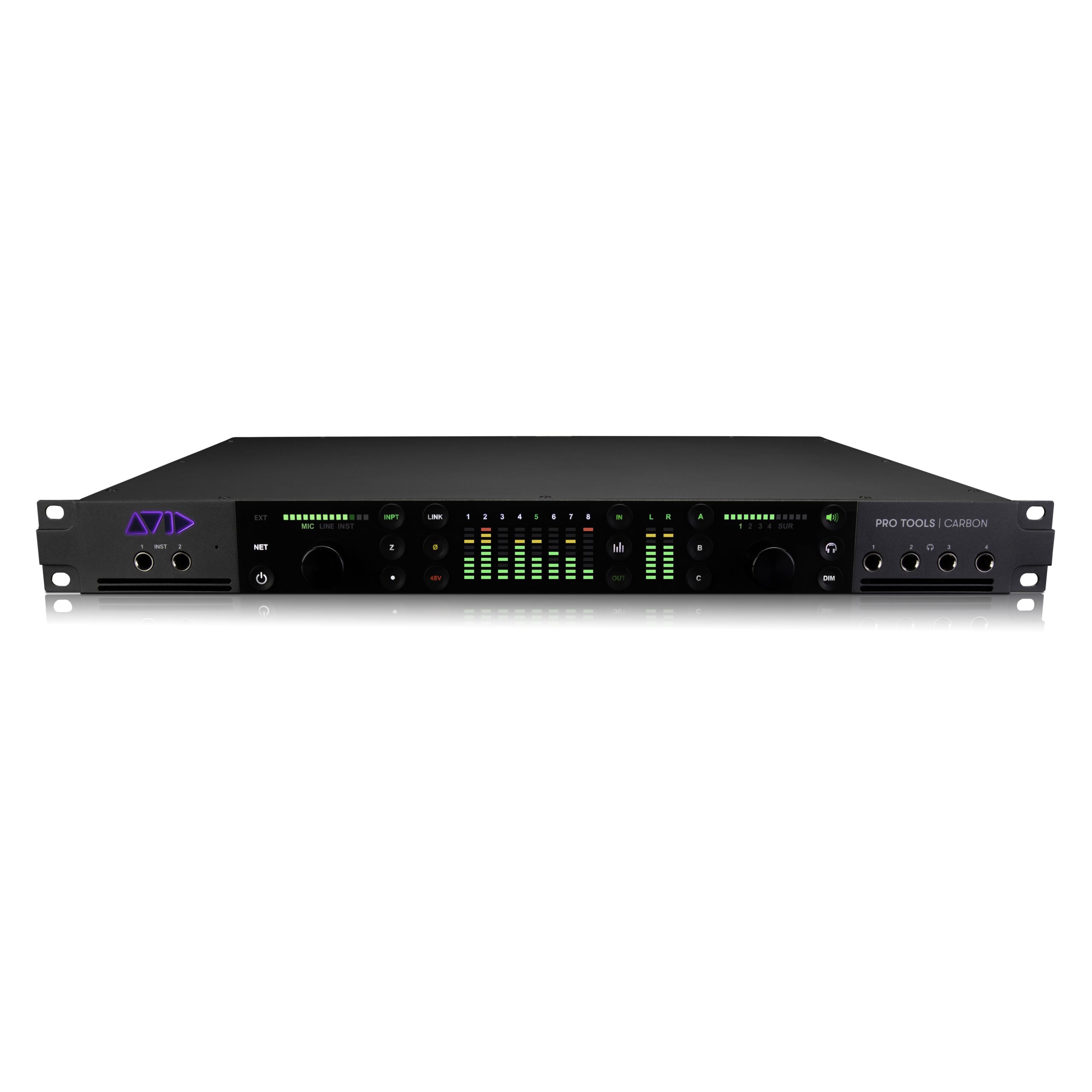
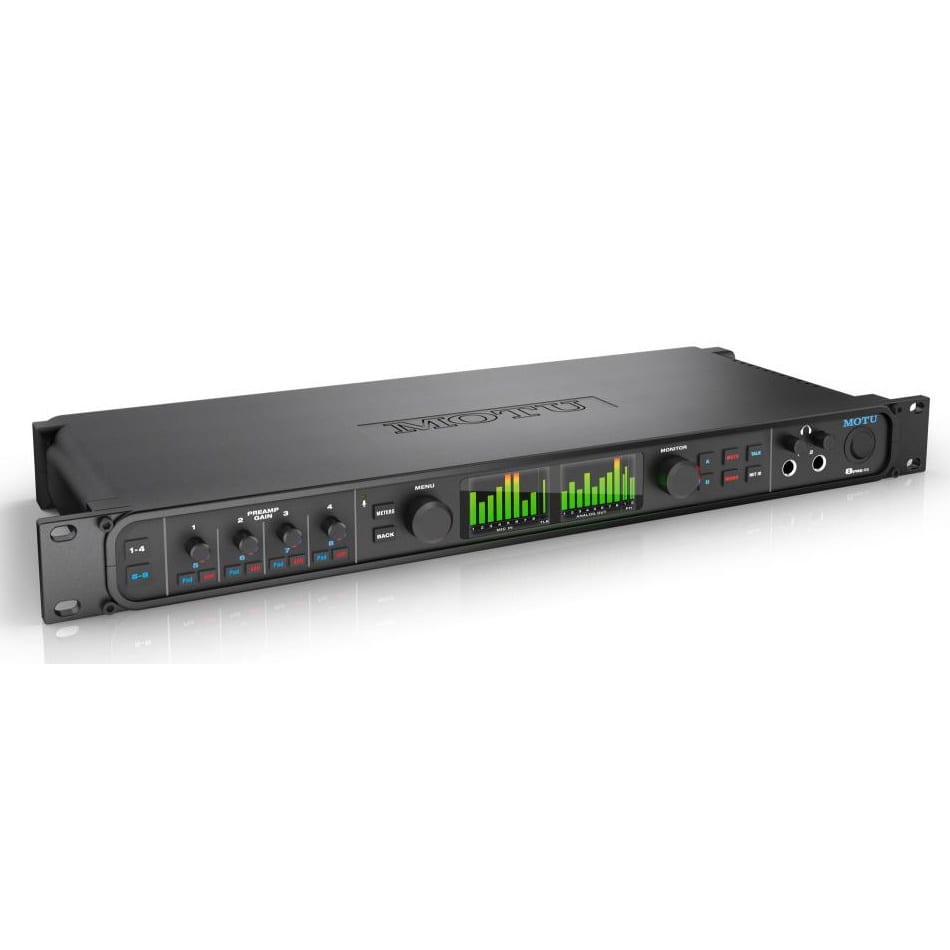
Reviews
There are no reviews yet.